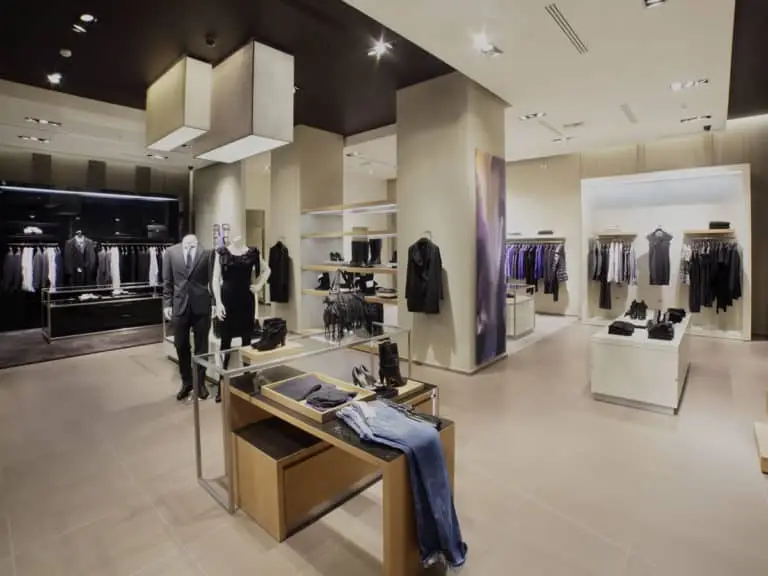Staying on trend is one of the main objectives of any retail business. This is obviously true of the products they sell, but also the spaces in which they sell them. Retail is a very visual industry and customers are as much influenced by the retail space as they are by the products they’re buying.
When you look at your retail space, is it fresh and inviting? Does it offer accessibility and make customers want to shop with you? If not, then you might want to consider retail space renovation. And for efficient, quality renovation, you want a company like AH Construction in San Diego, CA.
Renovating Your Retail Space
Renovating a retail space can be beneficial for both the landlord and the tenant. For example, renovation can include both updates to the customer-facing side of the business and the employee side. This could include installing more efficient plumbing and air conditioning while carrying out remodeling works.
Start by identifying areas that need work. These could either be hard improvements (structural changes) or soft improvements (painting and design). Bringing in a professional at this stage can be very useful if you need a fresh pair of eyes.
It can be useful to ask employees for feedback on what areas they think needs improvement. Similarly it can help to ask customers, although not all businesses might feel comfortable doing this.
Renovation doesn’t always have to be a major project; sometimes it can be as simple as a new coat of paint and some different furniture. However, drastically changing the interior of a retail space can have a massive impact on a business’ success. The key is to identify which areas will be most beneficial – and cost effective.
Retail Renovation Tips
Some retail businesses are always looking for the hot new trend that’ll help them sell their products, whereas others opt for a more timeless retail space that’s on trend but doesn’t need updating every season.
Finding the right balance is key, as is working with the product you sell. What works for one product might not necessarily work for another. Again, this is where hiring a professional can be very handy, as they’ll be able to offer some advice. Here are some tips for updating your retail space:
Lighting
Lighting is probably one of the most important elements in a retail environment. Use a combination of natural and artificial light if possible, as this can make a space seem larger and more inviting.
Artificial light can be broken down into 3 types: task, accent, and mood lighting. These can be used in different combinations to highlight areas of the space, create mood, and draw the eye. So much of the way we take in a space is based on its lighting, so it’s incredibly important to get this right.
Color
Color is lighting’s best friend. An effective combination of color and lighting can completely change the mood of a space and will create a particular feeling in your customers.
A complete lack of color can sometimes work, but it’s very difficult to pull off and only suits some retail spaces. If it goes wrong, a completely whitewashed shop will simply look stark and boring.
Different colors are used to create different moods: purple and green are said to be calming and trustworthy, while red and orange are vibrant and create a sense of urgency. Getting the right combination of colors can create a classic, luxurious space, or a sleek modern one.
Work with colors that suit the products available in the space. For example, “busy” products like clothes, books, etc. benefit from a relatively calm background, whereas products like cosmetics or home products can be sold in a much more vibrant space. And remember, a pop of color is always better than too much.
Don’t Overlook Form
The way a space works is just as important as what is in it. Do you want to direct customers a certain way? How do you want them to browse the products? This is all decided by the form of the space.
You can create form with something substantial like a wall partition or with something more temporary like plants or furniture. A retail space’s layout should be logical and not overwhelming, and the customer journey around it is very important.
Conclusion
Retail space renovation is a perfect way of staying on trend and meeting the needs of customers. If you’re considering retail space renovation, contact AH Construction in San Diego, CA. We have years of experience working with both tenants and landlords to create effective retail environments.




